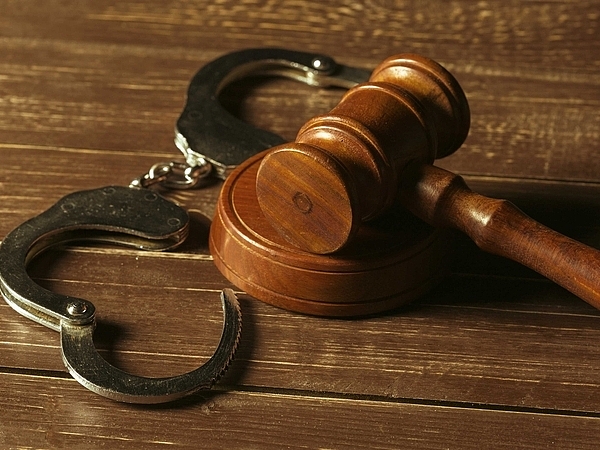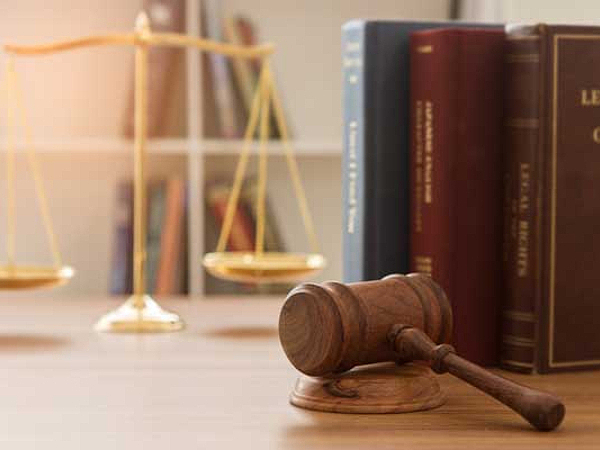Building a Strong Defense Against Circumstantial Evidence
In criminal law, the distinction between direct evidence and circumstantial evidence is critical in determining trial outcomes. Direct evidence provides a clear link to a fact, such as an eyewitness account of a crime. Circumstantial evidence, on the other hand, requires an inference to establish a fact, making its role in court both significant and often debated.

The Crucial Role of Circumstantial Evidence in Court
Circumstantial evidence is not a weaker form of proof. When combined effectively, it can create a compelling narrative pointing to a defendant’s guilt or innocence. Such evidence may include physical objects from a crime scene, forensic findings, or behavioral patterns suggesting intent or motive. Prosecutors often rely on circumstantial evidence when direct evidence is limited, but its reliance on inference allows defense attorneys to challenge the prosecution’s case.
Understanding Circumstantial Evidence
Circumstantial evidence takes an indirect approach to establishing facts. It may include tangible items such as forensic samples or intangible factors like a defendant’s actions aligning with a crime timeline. Its strength often lies in the combination of multiple pieces of evidence that aim to eliminate alternative explanations.
Challenges and Opportunities in Defense
Defending against a case built on circumstantial evidence presents challenges, but it also offers key opportunities for a strong defense.
Highlighting Gaps and Introducing Alternative Theories
By pointing out inconsistencies or missing links in the prosecution’s narrative, defense attorneys can create reasonable doubt. Presenting plausible alternative scenarios that fit the circumstantial evidence can further weaken the prosecution’s argument.
Questioning the Reliability of the Evidence
Circumstantial evidence depends on collection and interpretation methods, which may not always be reliable. Forensic processes, for example, can contain errors or limitations. Raising questions about the reliability of such evidence can reduce its impact in court.
Educating the Jury about Circumstantial Evidence
Jurors may not fully understand the role and limitations of circumstantial evidence. Defense attorneys can emphasize that a conviction requires proof beyond a reasonable doubt, even when the case relies on inferences.
The Ethical Dimension of Defense Against Circumstantial Evidence
Defense strategies must be grounded in factual accuracy and ethical practice. Ensuring integrity in challenging circumstantial evidence helps protect the criminal justice system from wrongful convictions and safeguards defendants’ rights.
Conclusion
While circumstantial evidence can strongly support a prosecution’s case, it also leaves room for a carefully planned defense. Through thorough examination, clear argumentation, and dedication to fairness, a defense attorney can challenge inferential proof and pursue a just outcome.
Facing Charges Based on Circumstantial Evidence in San Antonio, TX?
If you or a loved one is facing charges built on circumstantial evidence, strong legal defense is essential. At the Law Offices of Gary Churak in San Antonio, TX, we are dedicated to protecting our clients’ rights and building strategic defenses. Contact us at 210-545-3850 or through our online form to schedule a consultation and take the first step toward protecting your future.
‹ Back














